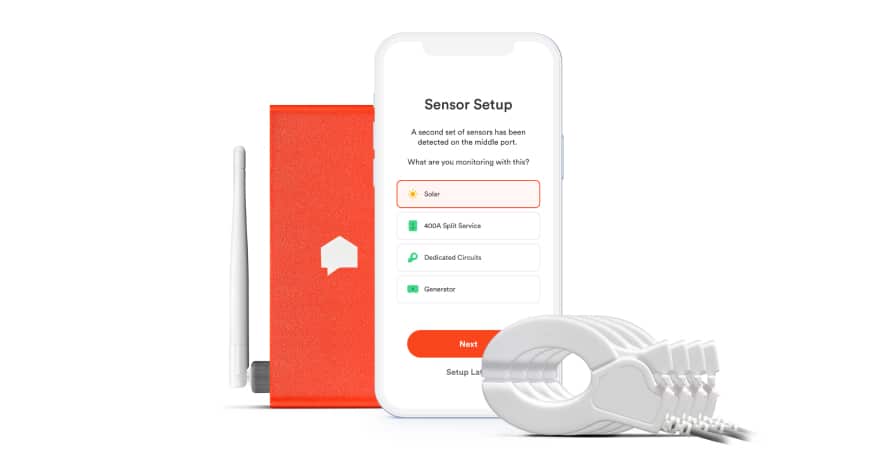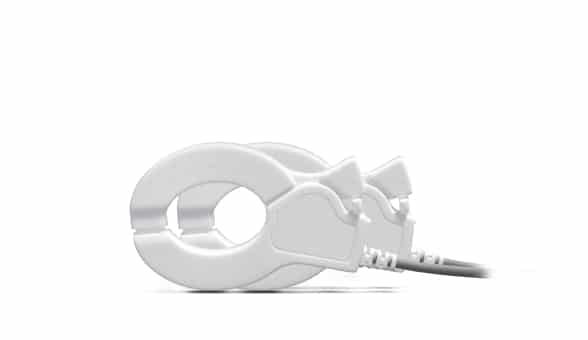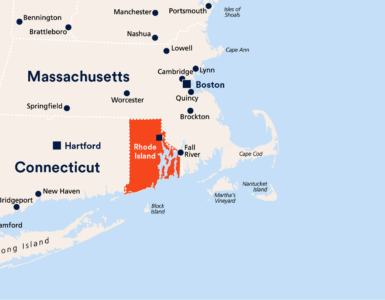Electric utilities today are faced with an increasingly diverse set of reliable energy resources, information, customer demands and at the same time, the pressure to reduce emissions, buttress resiliency across the distribution grid, and reach some pretty intense decarbonization goals.
It can be daunting to consider the right solutions to help you achieve all of those goals and more. Implementing demand side management tools, like DRMS and DERMS, can help you wrap your arms around a solution, but also set yourself up for future success as they become a larger and larger part of the grid of the future. However, both lack sufficient behind-the-meter data (BTM) to balance all of the variables future grid operators will need.
What is a DRMS?
Demand Response Management Systems, or DRMS, is a technology platform that helps to enable the communications between electric utilities and demand response providers. Operators use the platform to both monitor and control supply and demand of electricity in real-time at the grid edge.
Utilities and grid operators who operate with a DRMS can enhance grid reliability, reducing both the potential for an outage and the need for expensive, carbon intensive power plants, as well as use energy resources more efficiently.
What is a DERMS, and how is it different?
DRMS are not to be confused with Distributed Energy Resource Management Systems, or DERMS.
The easiest way to understand the difference between DERMS and DRMS is that DERMS also manages distributed energy resources, like wind, solar and microgrids, in addition to demand response loads, like those from smart thermostats and water tanks. DERMS also typically enable the grid operator to directly control device behavior.
Electric utilities face additional challenges because the number of devices is high, and rising all the time, and oftentimes ownership is by a third party. This is where DERMS was made to shine. It bridges the gap between all of the dispersed devices, all of them creating different amounts of energy at different times, combining and presenting them as a simpler, more manageable set of services.
Utilities need DERMS to optimize resources while balancing power across the power grid. It can also help utilities, communities, companies, and other solution providers make existing and incoming devices work for grid flexibility, reliability, resilience, and more.
What are DERMS core capabilities?
As described in a whitepaper by the U.S. Department of Energy Office of Scientific and Technical Information, DERMS can vary in size and scope, but broadly their capabilities are:
Aggregation
DERMS take the services of multiple (potentially millions) individual DERs and present them as a smaller, more manageable, number of aggregated virtual resources that are aligned with the grid configuration.
Translation
Individual DERs may speak different languages, depending on their type and scale. DERMS handle these diverse languages, and present to the upstream calling entity (e.g. a DMS) in a cohesive way.
Simplification
DERMS provide simplified aggregate services that are useful to distribution operations. The services are power-system centric rather than DER-type centric. Complex device-level settings, such as volt-var curve points and fast iterative settings updates are abstracted away as services are achieved and sustained. The simplified services provided by DERMS are standardized supporting the ability of multiple upstream calling entities.
Optimization
A given service to be provided by a DER group may be achieved in many ways. Different smart inverter functions may be best at different locations or times. Different types of DERs (e.g. storage, advanced loads, or solar) may make more sense in one circumstance than in another. DERMS provide requested grid services in the optimal way – saving cost, reducing wear, and optimizing asset value.
Critical Features of a DERMS
DERMS essentially act as a switchboard for all of the distributed energy resources on the grid at any given time. This can include demand response, solar, energy storage, electric vehicles, or other distributed technologies.
The Smart Electric Power Alliance, or SEPA, outlines some of their critical functions as:
- Aggregate – Combining DERs into grid-wide resources to simplify control, monitoring, and management of those systems
- Simplify – Streamlining settings and data
- Automate – Employing algorithms to take actions, often in coordination with a distribution management system (DMS)
- Coordinate – Supply operational information for individual or aggregated DERs assets to the DMS
- Forecast – Provides forecasts of DERs
DERMS can help utilities engage with technology and services, like Sense, that facilitate customer enrollment and help users set up automation, sending signals when those resources are needed. Further, these tools and services can provide insights on DERs/Flexible loads to better plan and orchestrate DERs/DR events.
They can also use DERMS in conjunction with legacy load management systems. Research done by the National Renewable Energy Laboratory in PJM showed that using a DERMS with a legacy load management system was able to achieve better, more efficient results by using the DERMS to inject the required amount of active power needed to maintain demand.
Issues and Challenges
There is no magic wand that we can wave over the grid to solve every single problem, and as great of a solution as DRMS and DERMS are and can be to utilities, they don’t come without their own challenges.
Chief among their limitations is the lack of granular behind-the-meter (BTM) data. Take for example the need for DERs to be organized into groups. To truly maximize the value, an operator would need to know the difference between say an AC that is 2.5kW but runs super efficiently and a 2kW AC that is degrading and runs inefficiently. The cycling load on each of them has a different value and only when you can pinpoint the difference can you group accordingly. Sense’s waveform disaggregation could fill this gap.
It can also be incredibly challenging to manage the immense amounts of data created by a diverse group of DERs. As a result, a shot-gun approach to manage demand is often deployed. DERMS aim to simplify this, but utilities still can’t properly manage demand if they aren’t aware of the end uses, efficiencies, and assets they all map to. Only then can they be surgical in their approach.
There is also the ongoing issue of customer engagement and adoption. Device control is not desired or even possible for everyone yet. Understanding how customers use energy (on which appliances and at what time) can allow utilities to extend demand management to other mediums such as behavioral (see California September 22’) to squeeze out invaluable mW in the total picture. Further, products and solutions, like Sense, can give customers the insights and ability to automate device behaviors based on their needs and preferences, ultimately onboarding more DERs.
The Future Outlook – Get Your Shades!
You can’t throw a rock without hitting a company, utility, state or country with some sort of net zero goal. If you’re interested in seeing specifics on over 2000 registered participants, you can look around the Net Zero Tracker. If you’re looking for a more utility-centric reporting source, the National Public Utilities Council has their 2023 Annual Utility Decarbonization Report available.
Broadly put, DRMS and DERMS can be a huge help to utilities reaching their aggressive decarbonization goals. But applications like Sense, which allow customers to interact and engage with their usage in real time, which also facilitates benefits on the utility side of the meter, may be the real game-changer. This includes enabling new channels for energy efficiency resource procurement, enhancing demand flexibility for demand response programs.
Renewables aren’t going away, and neither are decarbonization goals. This is something Sense thinks about and works on daily. DERMS will continue to be the catalyst that brings utilities and customers together in a way that increases grid reliability and resilience, allows for more DERs to be brought on line, and helps us all achieve our decarbonized, clean energy future.







